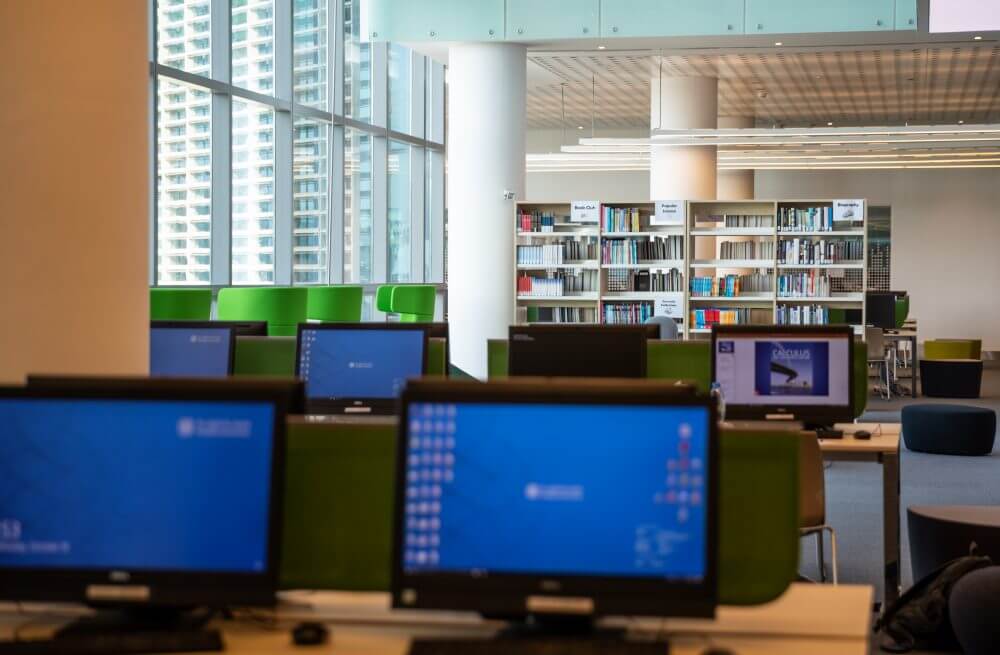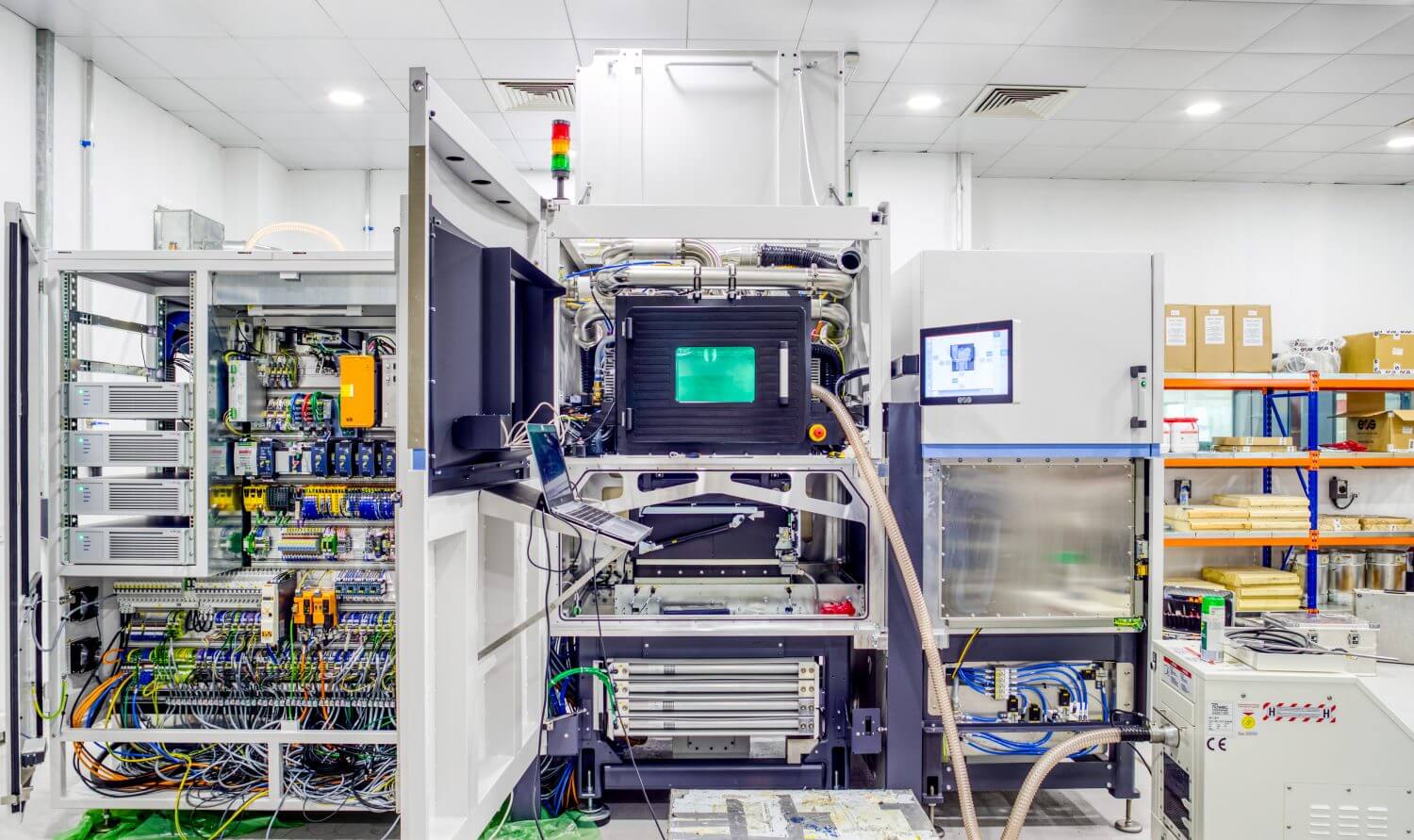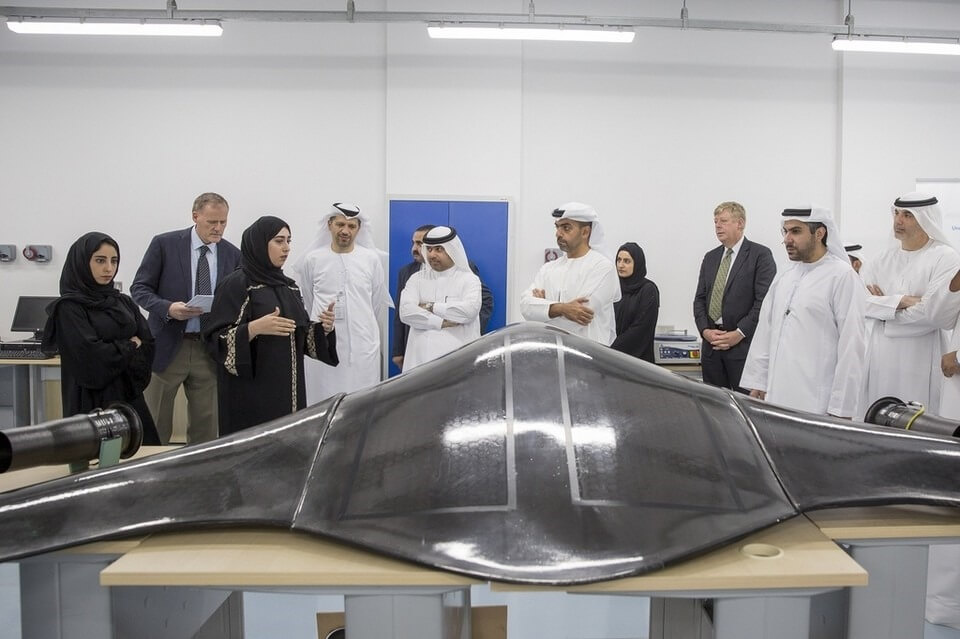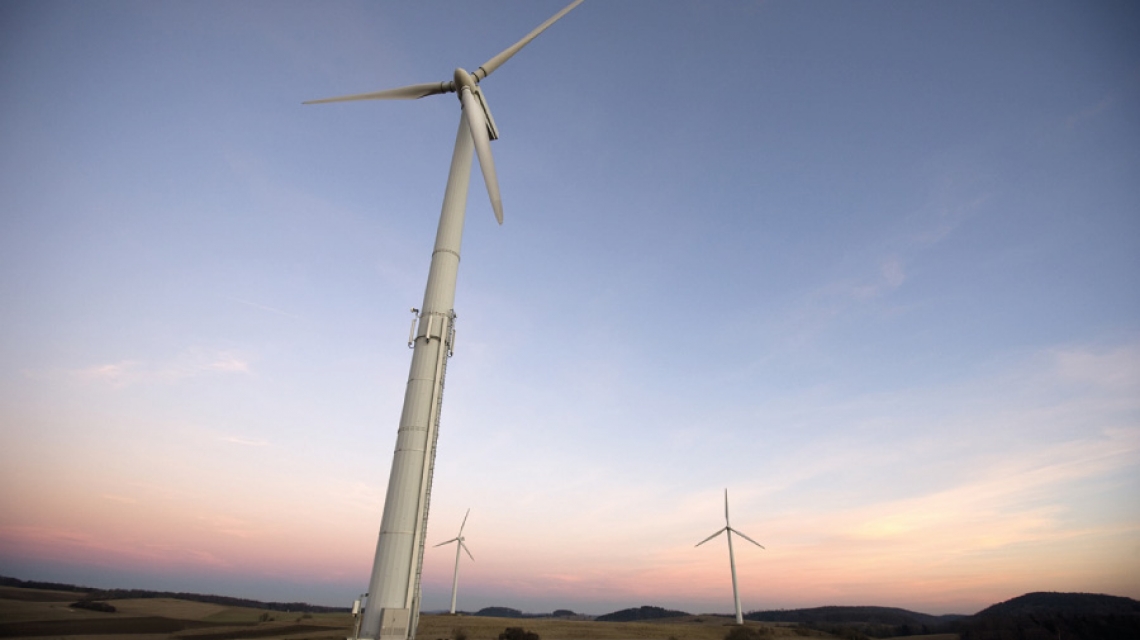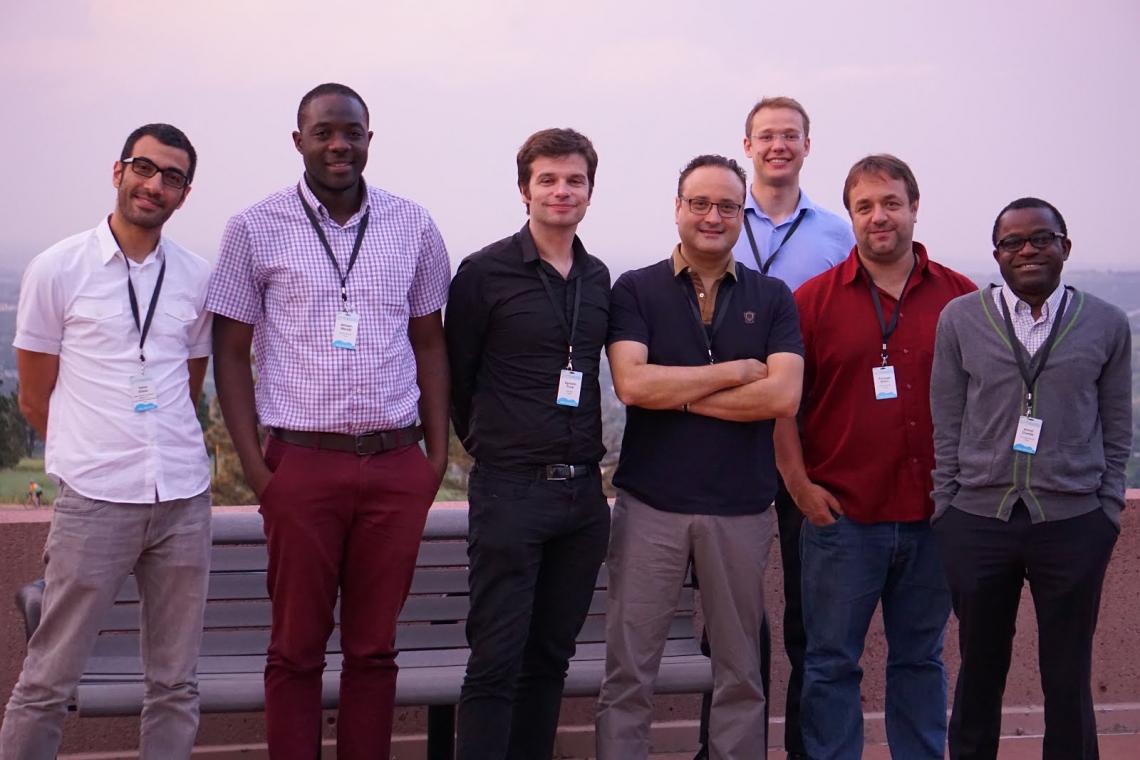
Seven researchers from Masdar Institute’s Research Center for Renewable Energy Mapping Assessment (ReCREMA) presented six papers and one poster at the 3rd International Conference of Energy and Meteorology (ICEM), held last week in Boulder, Colorado, USA. The conference brought together scientists and policy makers involved in research or implementation activities concerning the inter-connectivity of weather, climate and energy.
The team included ReCREMA Director Dr. Hosni Ghedira, Associate Professor of Chemical and Environmental Engineering Dr. Marouane Temimi, Post-Doctoral Researchers Dr. Imen Gherboudj, Dr. Naseema Beegum Shyju, and Dr. Naira Chaouch, and Research Engineers Dr. Yehia Eissa and Arttu Tuomiranta.
The papers presented by the ReCREMA team focus on getting the most accurate measurement of the solar energy that reaches the earth, known as solar irradiance. By having an accurate measure of solar irradiance over a given region, engineers and policymakers can better utilize the solar resource in order to maximize the annual yield of energy produced by photovoltaic (PV) or concentrated solar power (CSP) systems.
The generation of cost-effective solar power requires a deep understanding of the solar resources locally available. ReCREMA, which was launched in 2012, provides this deep knowledge of available solar and wind resources through the use of satellite data and related modeling. The papers presented by the team at ICEM represent ReCREMA’s advanced solar and dust mapping research and how they use those maps to support increased solar energy efficiency and utilization across the UAE.
In a paper co-authored by Dr. Shyju, Dr. Chaouch and Dr. Ghedira, titled “Atmospheric Composition Modeling over the Arabian Peninsula for Solar Photovoltaic Applications”, the researchers modeled the atmospheric dust cycle over the Middle East region in order to gain a better understanding of how dust emissions affect the forecasting of irradiance for solar PV applications.
Tuomiranta and Dr. Ghedira’s paper, “Evaluation of Decomposition and Transposition Models for Irradiance Data Conversion under Hot Desert Climates,” proposed simulation tools better suited to the UAE’s desert conditions in order to support PV deployment in the region.
Dr. Eissa co-authored two of the papers presented at ICEM. The first, “Comparison Between Estimates of the Surface Downwelling Solar Irradiances under Cloud-Free Skies Extracted from the McClear and HelioClim-3 Services over Egypt,” compared the validation results of the total solar irradiation extracted from two models – the McClear and HelioClim-3 – under cloud-free skies in Egypt.
In his second paper, “Preliminary Results on Modelling the Monochromatic Beam and Circumsolar Radiation under Cloud-Free Conditions in Desert Environment,” Dr. Eissa looked at an alternative tool to the one conventionally used to measure solar irradiance – the pyronameter, which measures the sun’s energy coming from all directions in the hemisphere above the plane of the tool. Dr. Eissa’s research proposes a method to accurately model solar irradiation from larger circumsolar regions – reaching regions of land that pyronameters cannot cover – in desert environments.
Dr. Chaouch, Dr. Temimi and Dr. Ghedira co-authored the paper “Evaluation of WRF Radiation and Planetary Boundary Layer Schemes for Solar Irradiance Forecasts in Arid Region.” The team deployed the Weather Research and Forecasting (WRF) model, which forecasts total solar radiation and other relevant meteorological parameters like temperature, wind speed and humidity across the country. The comprehensive model will help determine optimal solar energy power plant operations in the UAE.
Dr. Shyju, Dr. Ghedira and Dr. Priya Vijayan, a ReCREMA Research Engineer, co-authored a paper titled “Irradiance Modeling Using SBDART on Clear and Cloudy Conditions: Sensitivity to Cloud Microphysics.” They deployed a model that would successfully simulate solar irradiation over the UAE when dust emissions are high and cloud coverage is significant. Such a model will give more accurate predictions of solar resources available in the region during dust storms and cloudy conditions.
Dr. Gherboudj and Dr. Ghedira presented a poster titled “Spatiotemporal Assessment of Dust Risk Maps for Solar Energy Systems over the United Arab Emirates Using Remote Sensing and Weather Forecast Data”, which depicted the dust risk maps they developed. The maps combined the UAE’s annual solar irradiance with airborne dust measurements and other weather variables – including temperature, humidity and wind speed – to determine the risk of dust on the country’s solar energy systems.
The ReCREMA team’s climate-focused research resonates strongly with the UAE, as it deals with climate issues specific to the region, such as high dust levels, and how such issues affect the country’s renewable energy production capabilities.
Through its leading-edge research, ReCREMA has become a regional and international hub for advancing research and innovation in tackling the challenge of estimating solar resource potential and simulating solar technology performance in arid and dusty environments.
Erica Solomon
3 July, 2015


